Worse than Wax?
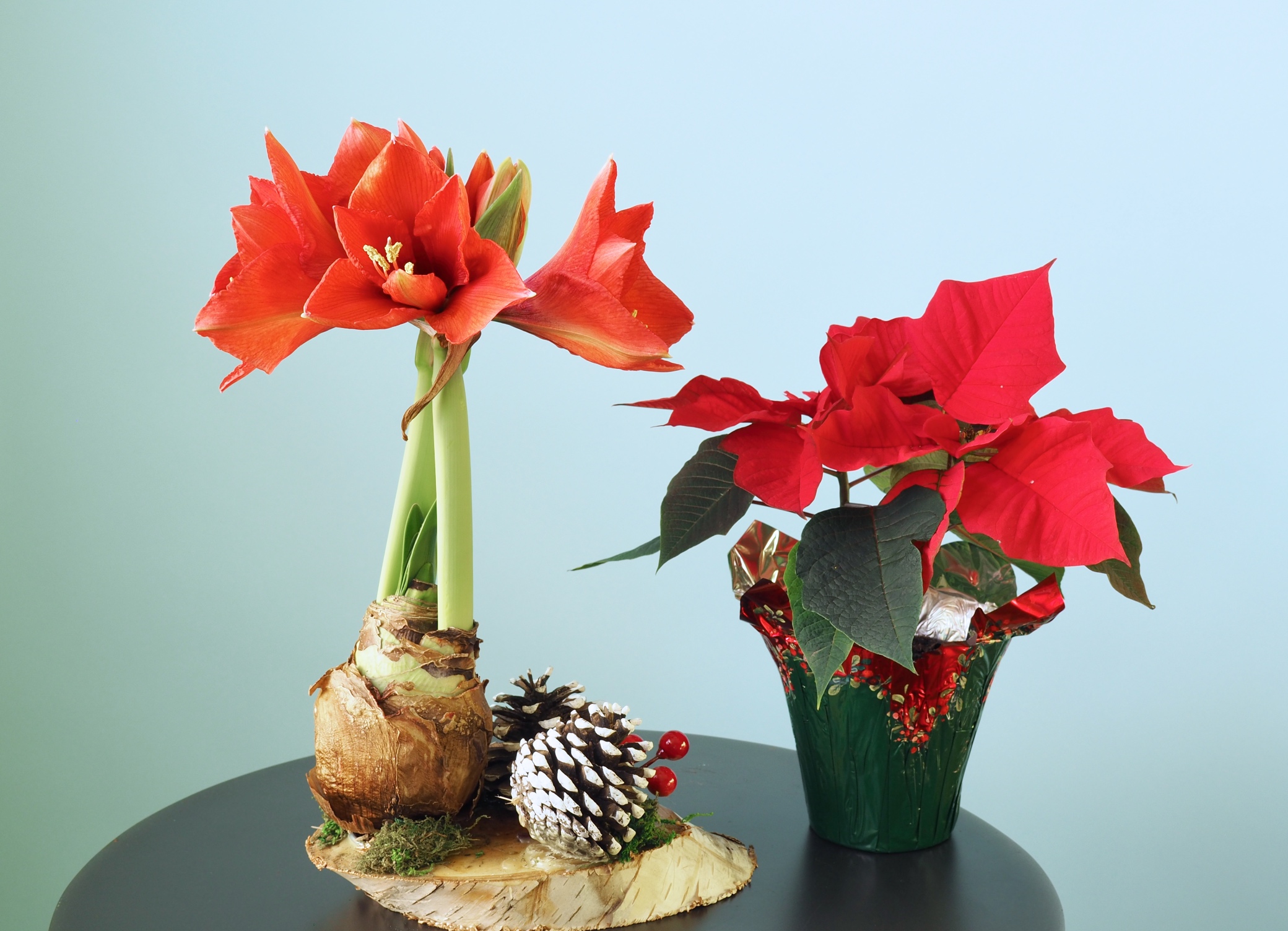
Our ‘Waxed and Waned’ post explored the tsunami of wax entombed amaryllis bulbs that only continues to gain steam worldwide. More colors, more glitters, more accessories, more holidays to conquer. Emaryllis isn’t here to promote that sort of deliberate one-and-done disposable take on hybrid Hippeastrum. We want you to share the joy of what they can do with just some basic cultural care. To that end though, we did prove that there is a chance of returning beauty and satisfaction by freeing these bulbs from their waxy shackles. It need not be ‘the end’ if you are inclined to make some effort. They can be saved.
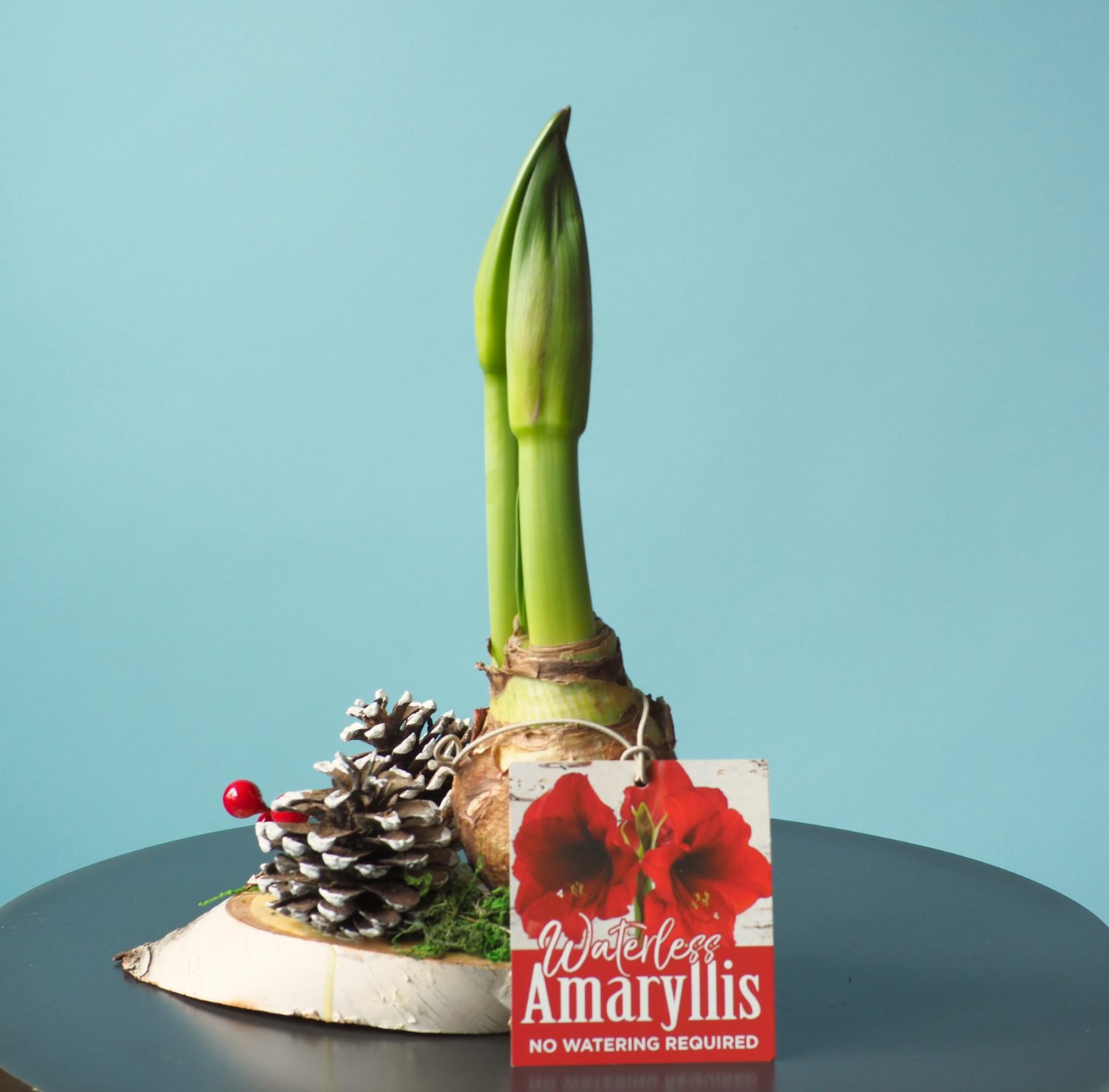
The waxed bulb has had a side hustle for a while, and it is truly an even more contemptuous endeavor than dipping a living, respiring bulb in hot wax. It is not dipping said bulb in hot wax (don’t ask…I really don’t know if its all that hot). In the expanding universe of “amaryllis novelties” there has also been the concept of simply mounting the naked bulb to any sort of stand or plaque. Such is the case here, one that Emaryllis nicknamed the Birch Mount to compare and contrast with a red wax-enrobed companion purchased the same season. Its journey from growth to demise is a sad one. Turn back now if you must.
All of our purchased amaryllises start as harvested bulbs that have been yanked from their rich and cozy planting beds, cleaned off, dried down, and put it into a chilly cooler for a couple of months. Roots are the first to suffer during this process; you are lucky to find a bulb with intact, fleshy roots by the time they are packed, shipped and sold for the holidays. From the day they are removed from their soil, they are fighting dehydration. Now, we do know that many rootless bulbs go on to produce pretty amazing results, whether they develop new roots prior to blooming or not. And its that “or not” that has long been noted, but not exploited until recently. Enter the “waterless” Dry Mount, the rustic, plain, tunic-clad country cousin to the stylish, colorful, fanciful, and chic waxed bulb.

Amaryllis bulbs are kept dry during cool temperature programming, but at elevated humidity levels to slow the dehydration of roots and bulb. Once out of wholesaler’s hands, they face dry storage that may or may not be ideal. They may wait in bins until pulled for mail order shipment, or be sent to garden centers, hardware stores, etc. that may be quite dry. Box kits can maintain at least some some humidity, but dry bulb sales are just that, dry.
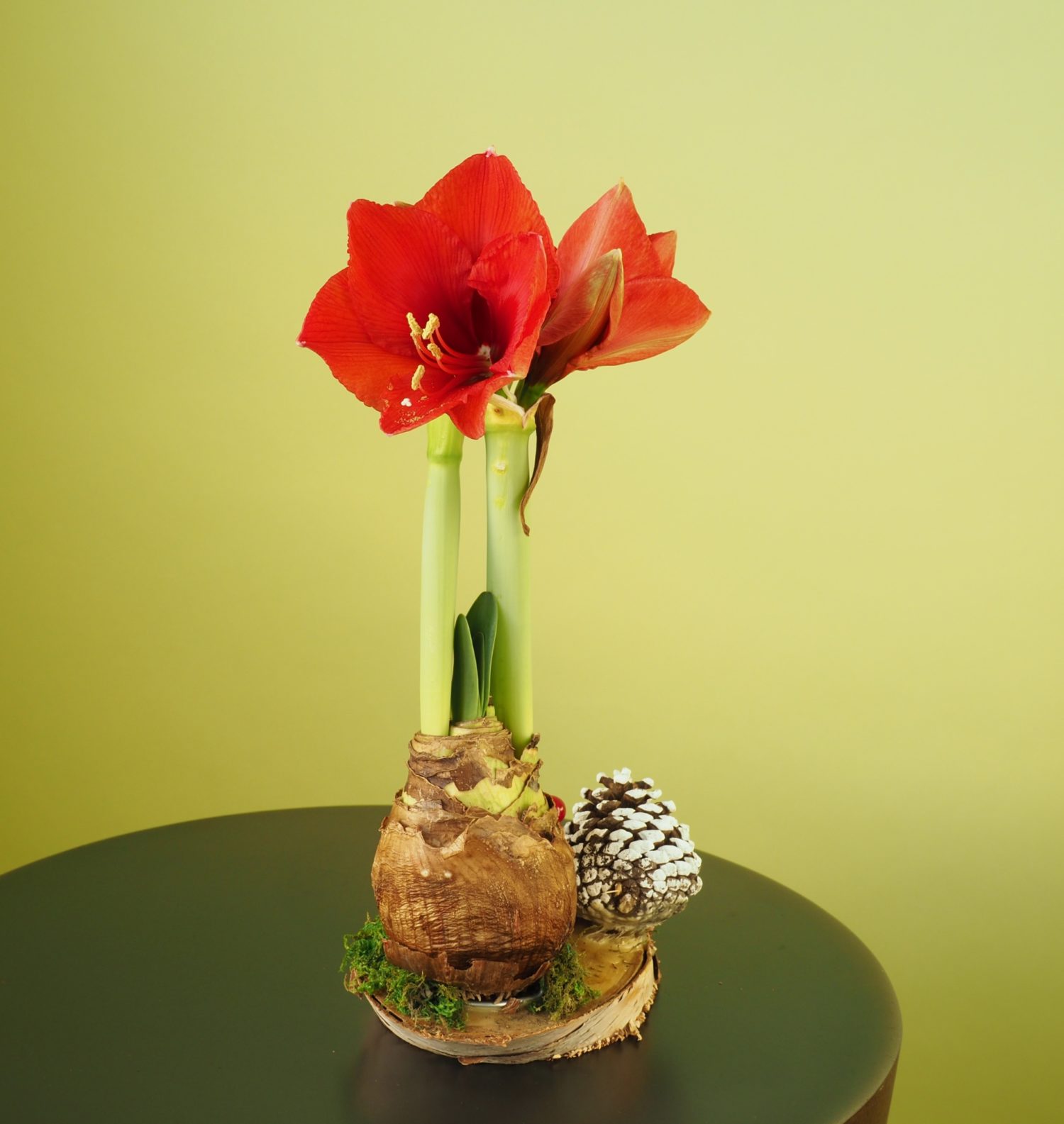
With only a few papery brown tunic scales (former leaves) to shield the bulb from the drying low humidity of a heated home, performance was timely, if not spectacular. Roots sure would help. Soil around the bulb sure would help. And yes, even a wax “terrarium” as it turns out, would help.
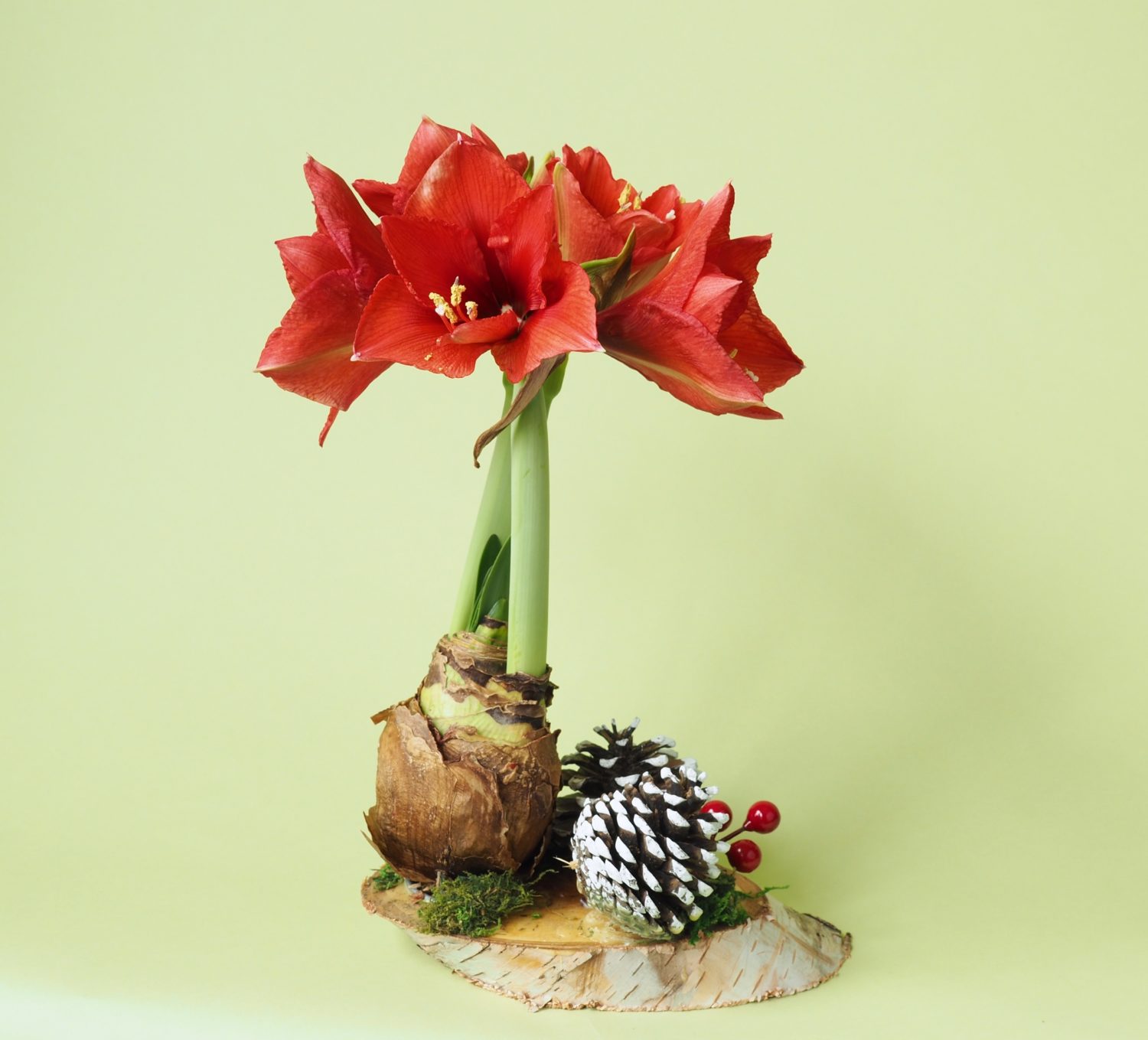
This was as much impact as the Birch Mount could summon. It tried its best.
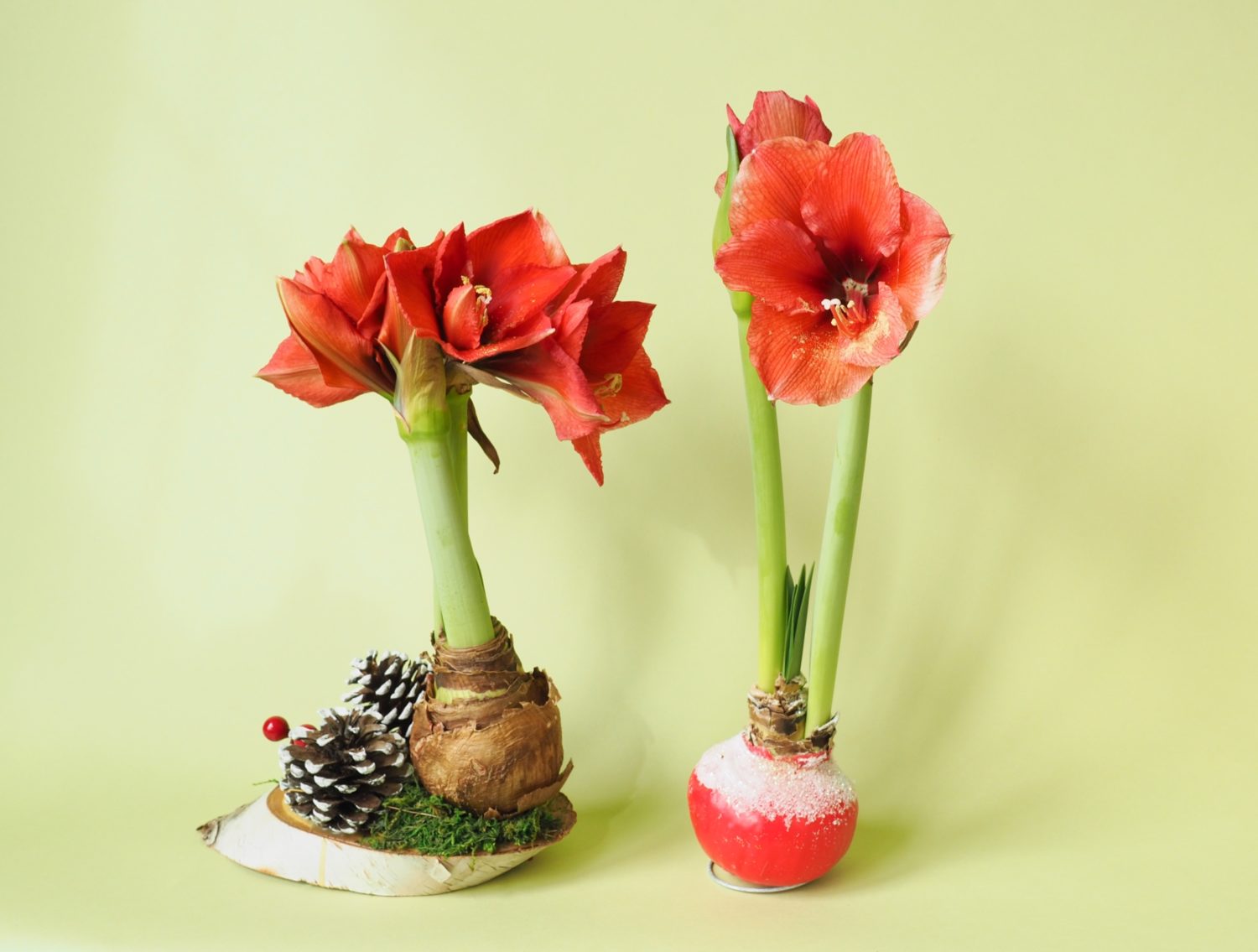
The waxed bulb is able to squeeze out a bit more performance, but niether is exactly stellar. It is worth noting that both bulbs are approximately the same size, and they are both the same cultivar (‘Olaf’).
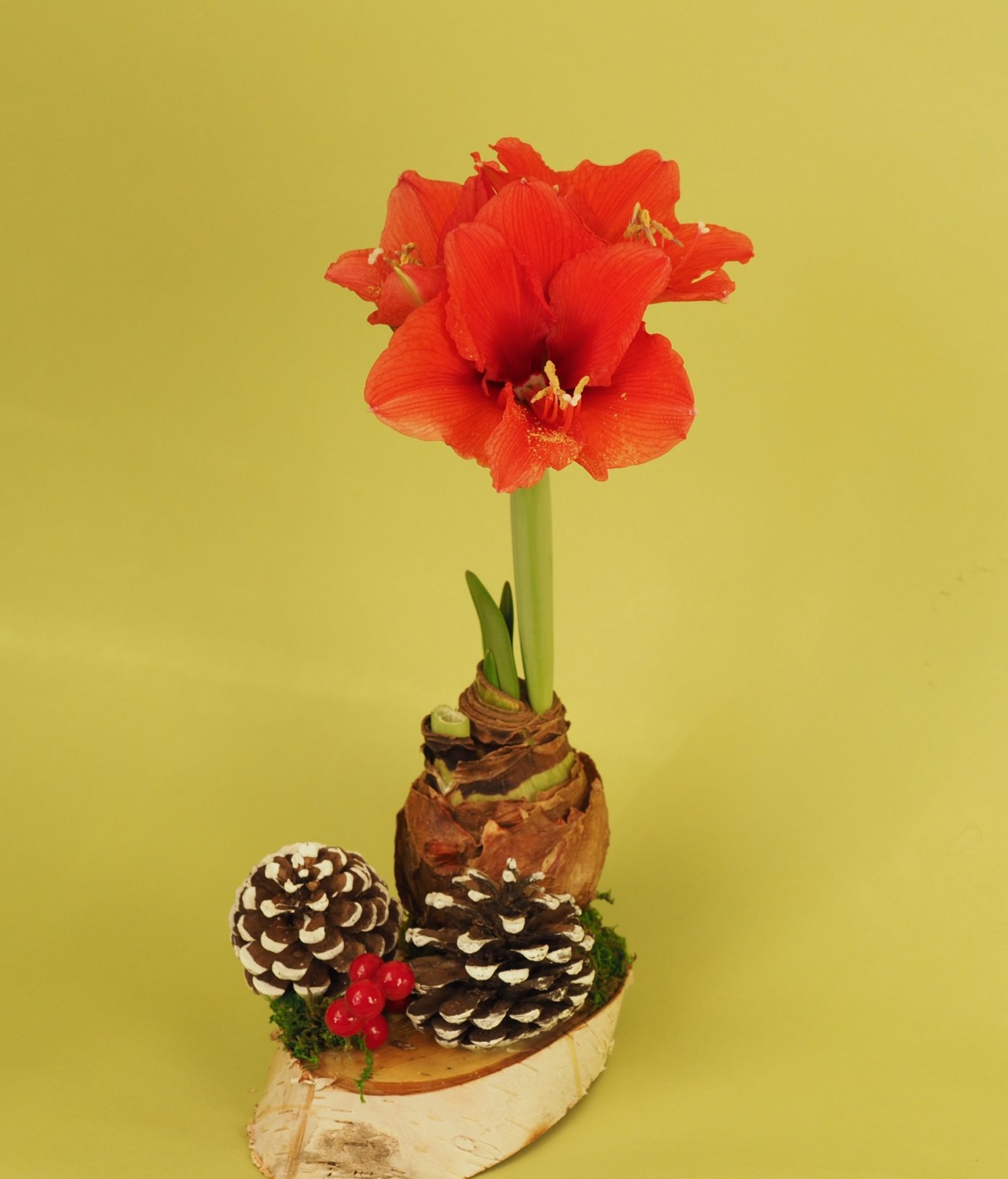
Minus the first opening scape, the bulb seems able to push a little more energy (moisture) to the remaining scape. The flowers almost opened full, but pollen shedding was heavy, and that marred the show a bit.
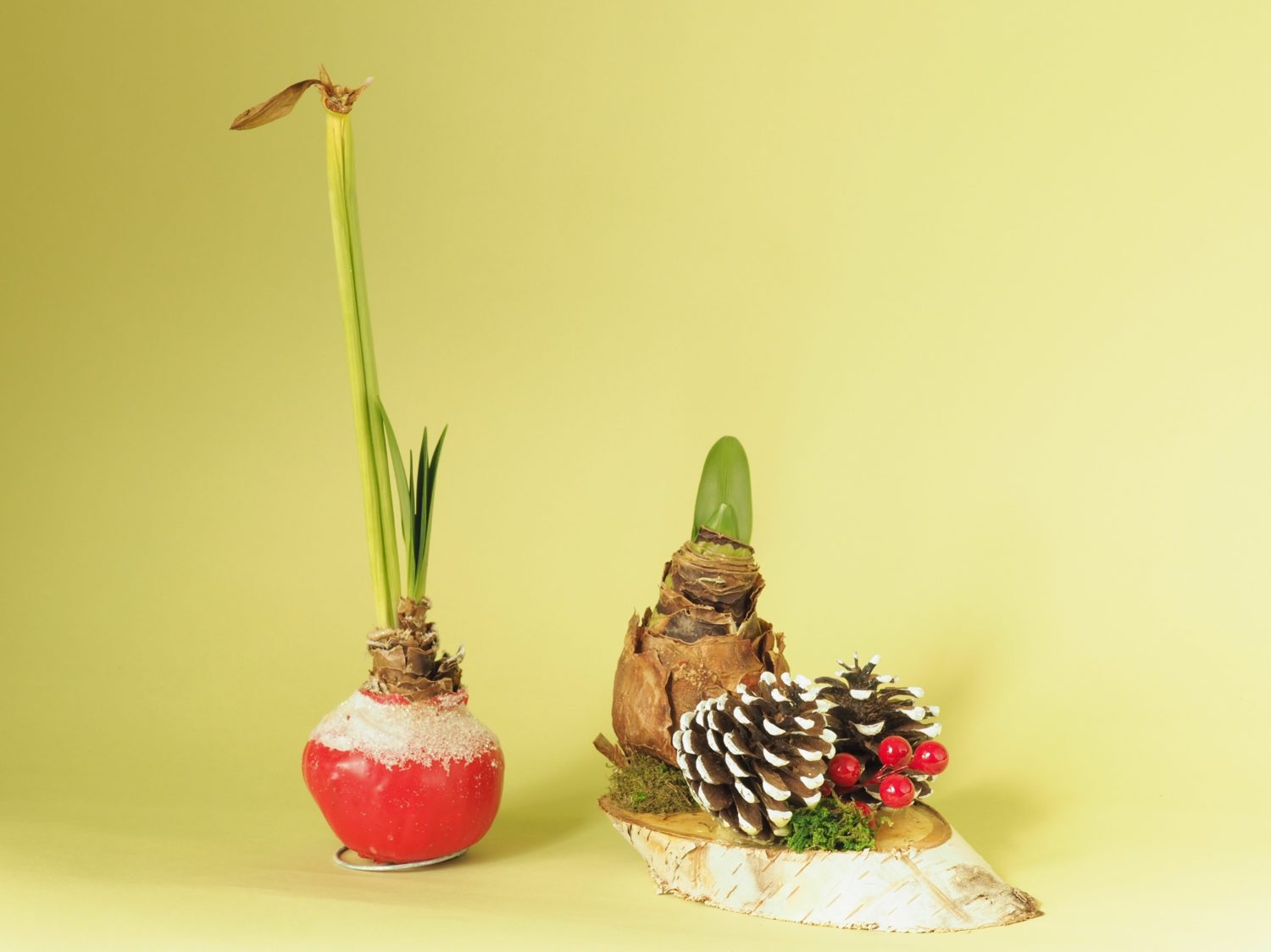
From there, it was downhill slowly. Actually more like stagnant for a while. It had sent a third (!) scape up, but only the top half emerged from the bulb neck. Then it just stopped. Weeks went by. The leaf started to yellow, the scape lost sheen. More weeks went by. The scape slowly browned. The entire bulb, save for the basal plate was a dry husk. The producers and marketers make a living when the end user tosses the whole affair in the trash (or hopefully, compost). If the consumer believes it was a good, or good enough show…perhaps another sale will be made next season. For amaryllis lovers, there are better ways to see what these magnificent bulbs can offer, whether for one season, or several thereafter.
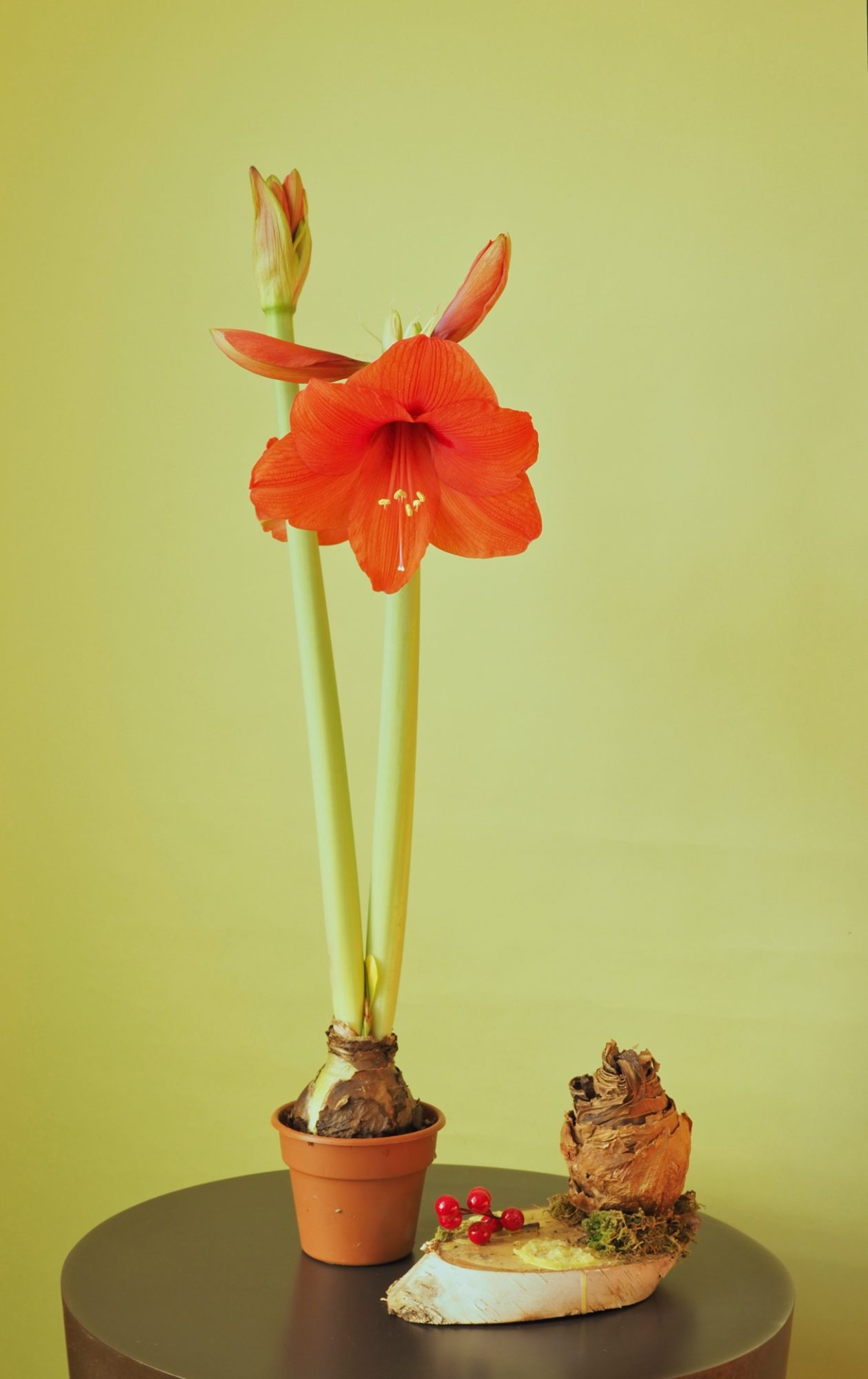
While our wax removal was a verified success (or perhaps insult to injury to the Birch Mount), the naked bulb just sat and ultimately failed. Could it have been saved? Perhaps. If it had been dismounted and planted soon after the second scape was finished it may have sputtered on. Unlike its waxy pal, when it tried to make roots, they just dried in the parched air of a typical heated home. Also of note, a bulb making three potential scapes one year is more likely to produce only two scapes at most the next, so the prospects for follow-on success appeared dim compared to the wax encased bulb. The industry that produced it never intended for it to be planted on, and the extra drying it endured would have led to a slow recovery. Instead, it languished, and the summer weather had its way with its glued-on pine cone decor. And thus ends our tale of woe.

I was just gifted a waterless amaryllis. It is mounted on birch. How do I remove it from the birch without damaging it?
You would be able to simply pull the bulb straight up. Good luck with your bulb!
Could you please say more about “pollen shedding means a bulb in trouble”? I had a couple of Charisma make a real puddle of pollen on my floor this year. What should I do for them? Thanks!
Meredith,
Amaryllis bulbs (whether potted or “grown” as waxed bulbs) without functioning roots results in stunting and commonly pollen grains shedding before the flower even opens. I’ve usually tried to reach the anthers with a pair of manicure scissors, then rinse with a gentle stream of water to remove any already shed pollen in the flowers. In healthy flowers, the anthers are usually an aesthetic plus, and the grains will only come off when brushed.
If there isn’t already a Society for the Prevention of Cruelty to Amaryllis, there should be! These poor bulbs make me sad.
Right?! And now, to take it a step further, they are making hardware to hang them upside down as ornaments.
Noooooooo!!! Right, I’m off to found the SPCA now!